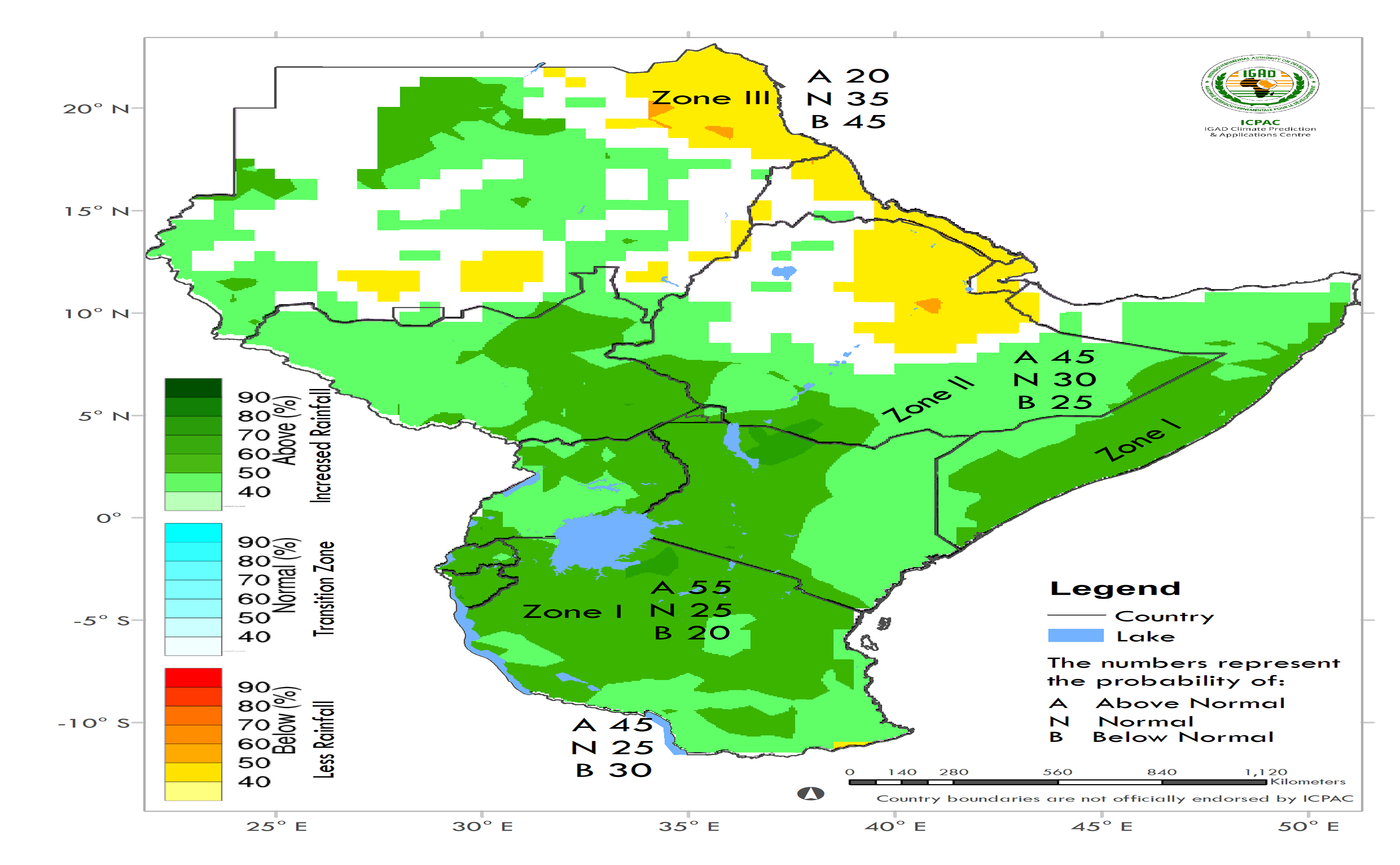East Africa’s agro-pastoral areas at risk of new wave of desert locusts
Nairobi / Djibouti, 22nd May 2020: Ministers responsible for Agriculture and Livestock of the Member States of the Intergovernmental Authority on Development (IGAD), including representation from Saudi Arabia and Yemen, held a virtual ministerial meeting with key desert locust control organizations to upscale desert locust control operations and boost coordination efforts between IGAD and the Middle East region. Discussions revolved around current control operations, surveillance, contingency plans, infestation mapping and impacts. Also present were representatives from international and regional organizations involved in Food Security and Nutrition, and Desert Locust Control Operations (DLCO-EA, CRC, ICIPE, FAO and other UN Agencies, Development Partners and Non-Governmental Organizations).
The objective of the inter-regional meeting was to provide a platform for IGAD Member States, neighbours, regional and international partners to share experiences in pest control, deliberate on establishing a Joint Inter-Regional Contingency and Response Action Plan, that will guide the upscaling of cross-border and cross-regional control operations, improve coordination and join efforts to contain the desert locust invasion both in the IGAD region as well as in the breeding areas of the Arabian Peninsula.
“The combined risk of desert locust on the planting season, the floods and the Coronavirus pandemic represent extremely alarming and unprecedented threats to the food security, nutrition and livelihoods in the region. A region where around 25 million people are already in need of food assistance, according to the Food Security and Nutrition Working Group (FSNWG) co-chaired by IGAD and FAO.” says Workneh Geneyehu, IGAD Executive Secretary.
IGAD Calls for
-
Member States and partner agencies to continue stepping up monitoring and control activities and share best practices including national desert locust action plans;
-
Intensification of regional and cross-regional cooperation with Member States acting collectively through IGAD and joining forces with neighbours and relevant agencies;
-
Member States to make special arrangements for movement of desert locust experts and equipment within and between countries to enable effective control operations amid lock down situations;
-
Farmers in Member States to continue farming and governments to make farm inputs readily available through special arrangements;
-
Strengthening of transnational control institutions, particularly the DLCO-EA and CRC that have the mandate to fight the desert locust and other migratory pests;
-
Member States to continue supporting DLCO-EA to better deliver on its regional mandate, establishing a data sharing protocol and strengthening the existing joint Integrated Regional (and Member State) Pest Early Warning System by honouring their subscription commitments;
-
Member States to closely monitor the use of chemicals in control operations to avoid harmful impacts on the environment, human and animal health;
-
Member States to intensify on the ground implementation of control operations with the generous support of partners.
- Member States and partners to continue preparing for livelihood recovery and resilience interventions, and;
- Operationalize the IGAD Regional Disaster Response Fund to support timely response to all disaster emergencies in the region.
Interviews:
Mahamed A. Abdillahi: IGAD Secretariat: mahamed.abdillahi@igad.int, + 253 77 079 003
Wawira Njoka: IGAD Climate Prediction and Applications Center: wawira@icpac.net, +254 721 799767
Desert Locust Prediction Map
|
|
| Highest risk areas for desert locust invasion by ICPAC based on forecasted climate conditions and existing vegetation conditions suitable for an invasion are: |
|


